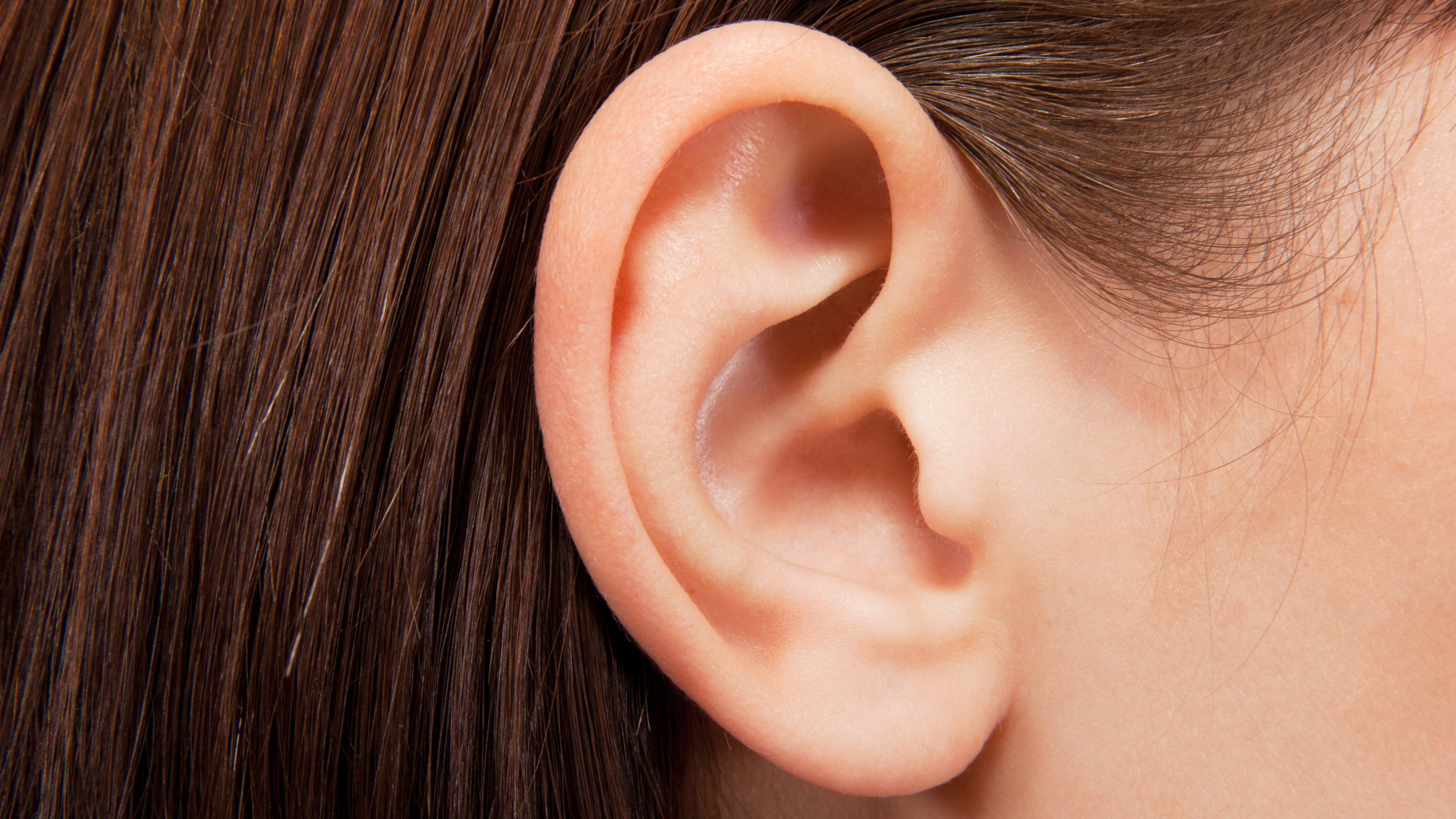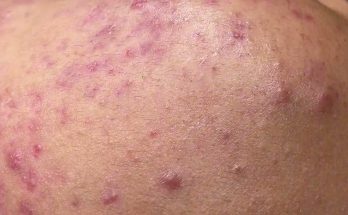Tips for Cleaning Your Ears Safely

You can clean your ears at home with a damp washcloth or over-the-counter drops. If your ears are impacted, a doctor can remove wax buildup.
Do your ears feel blocked up? Excess wax can accumulate sometimes and make hearing difficult.
At the same time, you’ve probably read that using cotton swabs isn’t a safe way to remove the wax. Here are some tips on how to safely clean your ears, what not to do, and when you should contact a doctor.
Earwax, or cerumen, is a self-cleaning agent your body produces. It collects dirt, bacteria, and other debris. Usually, the wax works its way out of the ears naturally through chewing and other jaw motions.
Many people never need to clean their ears. Sometimes, though, wax can build up and affect your hearing. When earwax reaches this level, it’s called impaction.
If you have impaction, you may experience symptoms like:
- aching in the affected ear
- fullness or ringing in the ear
- impaired hearing in the affected ear
- an odor coming from the affected ear
- dizziness
- a cough
You may be more likely to develop excess wax if you use hearing aids or earplugs. Older adults and people with developmental disabilities are also at higher risk. Your ear canal’s shape may make the natural removal of wax difficult.
The safest way to remove wax buildup from your ears is to visit a doctor. At your appointment, your doctor can use special instruments, like a cerumen spoon, forceps, or suction device, to clear the blockage. Many offices also offer professional irrigation.
If you choose to try to remove wax at home, the following are the safest methods to try on your own:
Damp cloth
Cotton swabs may push wax deeper into the ear canal. Use cotton swabs only on the outside of your ear or, better yet, try wiping the area with a warm, damp washcloth.
Over-the-counter ear cleaning drops
Many pharmacies sell over-the-counter (OTC) eardrops that soften wax. These drops are typically a solution. They may contain:
- mineral oil
- baby oil
- glycerin
- peroxide
- hydrogen peroxide
- saline
Place the specified number of drops into your ear, wait a certain amount of time, and then drain or rinse out your ear. Always follow the instructions on the package. Contact a doctor if your symptoms continue after treatment.
Bulb syringe
You may also choose to irrigate your ears using a syringe. In this process, you’ll gently rinse out the ear canal using water or a saline solution. This method is often more effective if you first use some type of wax softener 15 to 30 minutes before irrigating.
It’s best to warm the solution to your body temperature to avoid dizziness.
Safe ways to remove earwax
- Ask your doctor to remove the wax in their office.
- Clean the outside of your ear with a damp cloth.
- If you choose to use cotton swabs, don’t insert them into the ear canal.
- You can use earwax softener to soften earwax for easier removal.
- You can use a syringe to irrigate your ears.
Some earwax is completely normal and good to have in your ear canals. That said, if it builds up and starts causing symptoms, like muffled hearing or dizziness, it’s important you clean it out.
When earwax builds and gets impacted, you may develop ear infection. Additionally, if you’re experiencing symptoms of impaction, you want to be sure it’s just wax and not something (like fluid or hearing loss) that requires more medical attention.
You don’t want to clean your ears too often. Doing so may irritate your ear canal or even lead to more impaction if done incorrectly.
Experts share that people may not need to clean their ears unless they develop issues like blockages regularly. Instead, your ears clean themselves on their own.
If you don’t deal with buildup, wash only the outer part of your ears by wiping them with a wet washcloth. Washing the outer ear should clean away any wax that has moved out of the ear canal on its own.
If you experience symptoms of wax buildup, you might consider using an OTC kit to clean wax from your ears. Follow the package directions and be sure to contact a doctor for further guidance.
A doctor can also tell you whether you should have your ears cleaned professionally or do it on your own. Some people, like those with holes in their eardrums or tubes, should not clean their ears at home using OTC kits or other home methods.
Many people don’t need to clean their ears routinely. The wax should take care of itself. If you’re using small items, like bobby pins, cotton swabs, or napkin corners, you may push the wax deep into the ear canal. Once wax builds up, it can become impacted.
The rule you’ll hear from most doctors is to not put anything smaller than your elbow inside of your ear. In other words, don’t use sharp objects, cotton swabs, or anything else that could potentially injure your eardrum and permanently damage your hearing.
You shouldn’t attempt to irrigate your ears if:
- you have diabetes
- you have a compromised immune system
- you may have a hole in your eardrum
- you have tubes in the affected ear
Ear candles are another option you should avoid. The long, cone-shaped candles are inserted into the ear canal and then lit on fire to draw wax upward with suction. The fire can injure you, or you can accidentally get wax from the candle inside of your ear.
If you develop a blockage and don’t treat it, your symptoms can get worse. You may develop further ear irritation and even hearing loss. The wax may also accumulate to such a level that it may become difficult for your doctor to see inside of your ear and diagnose other issues.
The symptoms of earwax blockage include:
- feelings of fullness in the ear
- reduced or muffled hearing
- an earache
They may also signal another medical problem, like an infection. A doctor can look inside of your ears to determine whether your symptoms stem from wax buildup or something else.
The signs of ear infection in adults include:
- pain in the middle ear
- fluid drainage
- impaired hearing
Ear infection symptoms typically develop rapidly. If you notice pain and drainage from your ears, don’t try to treat it on your own. Make an appointment with a doctor as soon as possible to get a proper diagnosis and, if necessary, medication.
If you experience earwax impaction more than once per year or have certain risk factors, tell the doctor. You may want to schedule routine professional cleanings every 6 to 12 months.
Earwax may seem dirty to you, but it’s actually a natural cleanser for your ears. Wax generally moves from the inside of your ear canal to the outer part of your ear. Along its journey, it picks up dead skin cells, dirt, and even hair.
Tests show that wax may boast antibacterial and antifungal qualities that aid even more with this cleanup act.
Beyond keeping your ears clean, follow these tips to protect them and ensure good hearing for years to come:
- Don’t insert small objects into your ears. You shouldn’t put anything smaller than your elbow inside of your ear canal because it can cause injury to your eardrum or wax impaction.
- Limit your exposure to loud noises. Wear protective headgear or earplugs when the noise gets too loud.
- Take periodic breaks from using your headphones, and keep the volume low enough that no one else can hear your music. Don’t raise the volume in your car’s sound system up too high.
- Dry out your ears after swimming to prevent swimmer’s ear. Use a cloth to wipe the outside of the ear, and tilt your head to help remove any additional water.
- Pay attention to any hearing changes that occur with the use of certain medications. If you notice changes, balance issues, or ringing in your ears, contact a doctor.
- See a doctor as soon as possible if you notice sudden pain, a loss of hearing, or if you have an ear injury.
-
Home Remedies: Effective earwax removal

Earwax is a helpful and natural part of your body’s defenses. It cleans, lubricates and protects your ear canal by trapping dirt and slowing the growth of bacteria.
Earwax blockages commonly occur when people try to clean their ears on their own by placing cotton swabs or other items in their ears. This often just pushes wax deeper into the ear, which can damage the lining of your ear canal or eardrum.
Never attempt to dig out excessive or hardened earwax with available items, such as a paper clip, a cotton swab or a hairpin.
If your eardrum doesn’t contain a tube or have a hole in it, these self-care measures may help you remove excess earwax that’s blocking your ear canal:
- Soften the wax.
Use an eyedropper to apply a few drops of baby oil, mineral oil, glycerin or hydrogen peroxide in your ear canal. - Use warm water.
After a day or two, when the wax is softened, use a rubber-bulb syringe to gently squirt warm water into your ear canal. Tilt your head and pull your outer ear up and back to straighten your ear canal. When finished irrigating, tip your head to the side to let the water drain out. - Dry your ear canal.
When finished, gently dry your outer ear with a towel or hand-held dryer.
Signs and symptoms of earwax blockage may include:
- An earache
- Feeling of fullness in the affected ear
- Ringing or noises in the ear (tinnitus)
- Decreased hearing in the affected ear
- Dizziness
- Coughing
This article is written by Mayo Clinic staff. Find more health and medical information on mayoclinic.org.


